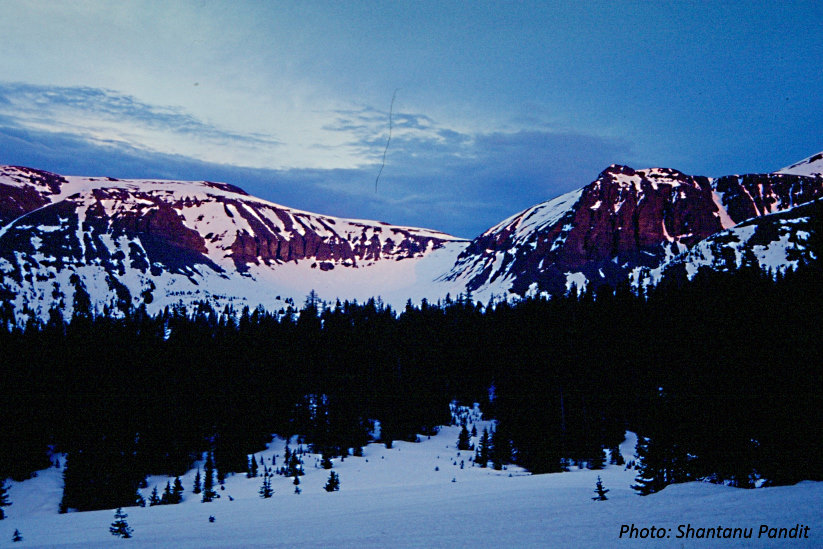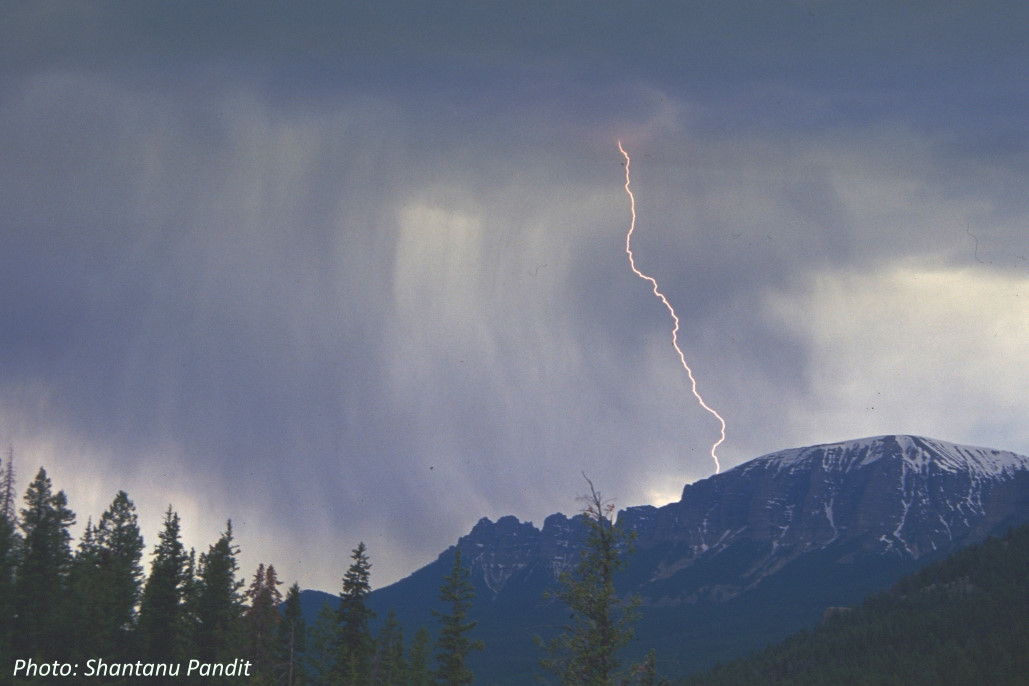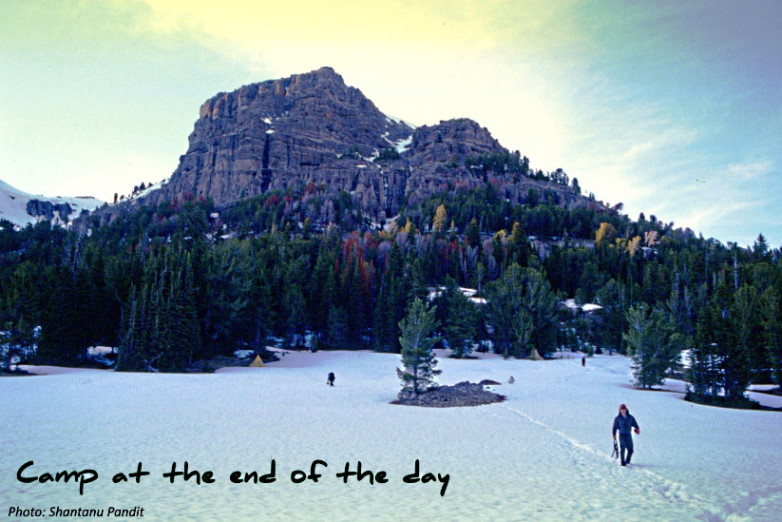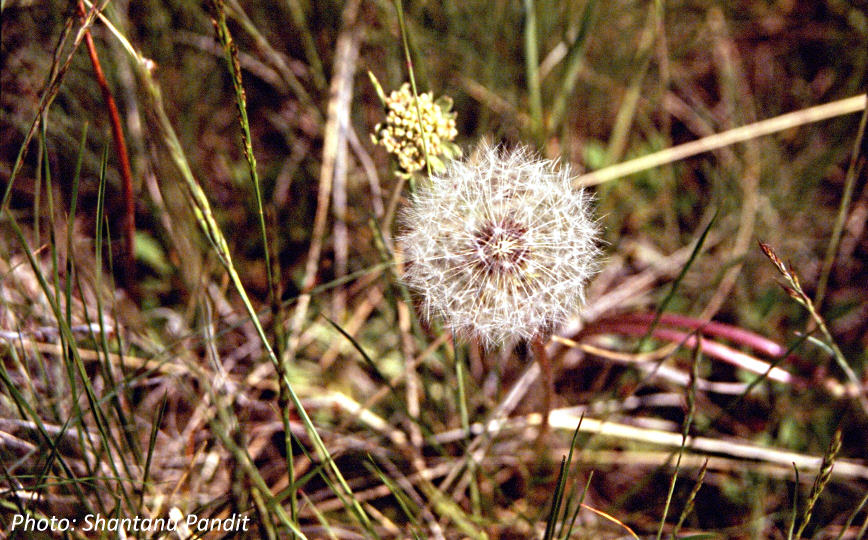‘The exact contents of Batman’s utility belt are unknown, and he seems to change them frequently… In fact, his uncanny ability to have exactly what he needs is legendary’!
– comicvine.gamespot.com
“Shantanu, I really liked the fact that you brought in those few theoretical models during our debrief sessions. Actually they make absolute sense. But does all this theory really help? I mean, when I am just about managing to go through the daily grind, when will I think of what theory is applicable at what point, forget having the skill to act upon it?”
This kind of a question often gets asked on outdoor management development programmes I undertake for business organisations. And I always wonder if what they want to actually say is something like. “But all this is too theoretical! It doesn’t work in the real world!”
It’s a moot point, often coloured with skepticism, concerning practice of leadership theory. Usually then, I tell a story through which I offer one way of meeting the challenge of remembering so many concepts and models and using them appropriately (‘storytelling’!). In this post I am going to write about one experience where the stakes involved had turned from low to high through a near miss and then vacillated between fairly moderate to very high for the group I was with.

The Incident
I was one of the three instructors working a NOLS course in the Absarokas, a sub-range of the Rocky Mountains in the U.S.A. (I write about my instructor course in this post here). It was early summer and there were spreads of thick snow on the mountains. On a particularly snowy stretch, the course leader (CL) decided to have all sub-groups come together and walk in a line along a trail that she was picking through the trees, staying on fairly level ground just beneath a steep slope. Twelve students and three of us instructors were spread out in a line, headed towards our ‘X’ on the map. It was afternoon, that typical time that is quaintly called the ‘3 o’clock slump time’. Each one of us was intent on putting one foot after the other, careful to use the freshly made footsteps in the snow. The setting was beautiful, our fresh trail passing through unending stands of conifers, surrounded by the stillness of a snowbound landscape. Suddenly we heard a shout from above and around a bend which was right in front of me. Rushing ahead, I saw a student sliding down the slope above us, with a few others strung out above her. We watched as she came to rest against two big trees, still a few feet above us. The slope was steep, pockmarked by a multitude of rocks and pebbles sticking out of the crumbly surface amidst a lattice of snow. I dropped my pack, told everyone to stay put and not make any attempt to help, and slowly started to climb up to her, asking her also to stay still. After the recommended safety check and ‘patient examination’ I was relieved to find that she was completely uninjured, and she made her way down to the trail with me carrying her pack.

For reasons that do not immediately make sense (and which we need not explore in this post), five students had suddenly had decided to leave the trail and go vertically up the slope. Their minds had obviously been completely off the map, for our intended campsite lay in the direction that the whole group was heading, and all we had to do was stay at the base of the slope and contour around to gain a wide valley. And those students had obviously not seen the hazard of loosely packed stones on the slope, for sure enough it was a stone that the student stepped on that had got dislodged, resulting in she taking a tumble. And now we had four students stuck on the upper reaches of the steep slope, luckily just below the lip of the top of that slope. We asked them to carefully gain the level top and wait for further instructions. Then we three instructors had a quick pow-wow. The students above described the terrain they were seeing around them and we decided that it would be safer for them to continue at their level and drop down to the main trail from further up ahead using a safe and easier slope. I climbed up to join the four adventurers and started picking my way towards finding an easy slope down. The students, particularly two of them, still wanted to play a leading role and started pointing out rather assertively spots from where we could start heading down when it was obvious to me that those patches were unsafe! Such frequent dialogues started consuming time and creating tension within the group when I repeatedly disagreed with their suggestions. The situation was compounded by sounds of distant thunder, and I started thinking of what should be done should a storm approach us. I realised that I was under considerable stress, and could feel irritation start bubbling up within me. That is when I literally halted in my tracks and told the students that I need to think things through before continuing.

Thinking Things Through
This was a classic example of a ‘non-routine’ situation where deliberate decision-making was called for. And NOLS provides its instructors with a ‘leadership toolbox‘ which one can access in one’s mind to see which theory or concept is suitable for practicing in a given situation.
Some of the factors that I then listed in my head were as follows:
- This was a situation where risk management required a very conservative approach
- Multiple factors about the features of the landscape and our little group were to be considered (and I listed them, e.g., need to continually scout ahead before committing to a way forward, run-outs at various spots that we would be negotiating, proximity to ridge top keeping in mind the storm, the time of the day, our energy levels, emotional state, etc. and… leadership roles!)
- The fact that the students were not yet experienced in risk assessment and mitigation – this was why they were perhaps missing out on a lot of information around us (in other words, they were not yet capable of being adequately ‘situationally aware’)
- Since students on our course had progressed from being ‘novices’ to ‘advanced beginners’ or even ‘competents’ in some areas of life in the outdoors we instructors had started giving them more and more of a role in group decisions and leadership opportunities, and I could see that they were in that ‘zone’
- Since the circumstances had changed dramatically and involved group safety, it was time to change the way our group functioned – but the students had not realised it
- Decisions based on ‘seat of pants’ thinking may no longer be adequately safe, and a more deliberate process based on immediate situational awareness was called for – a process that requires the most experienced person in a group to lead
I told the students my thoughts, and then calmly stated that I was shifting to being more ‘directive’ since the stakes involved were too high with limited time left in the day. I also said that perhaps they still lacked the capability of safely coping with the changed circumstances, and illustrated the statement with a couple of examples. I then asked them if they agreed to my taking charge while continuing to take their opinions especially about how they felt about negotiating tricky patches. There was a thoughtful silence before one by one they said they understood. And we were back in action!
We finally descended to the trail through drifts of snow through which we sank up to our waist at times – but it was safe. And we heard the storm mutter and grumble away into the distance, making our little adventure stay in the enjoyable zone on the whole!
In the evening reflection session in camp that day, one of the students turned to me and thanked me for being firm with them because he realised now how they ‘were going all over’ with their thoughts and suggestions up on that mountain. That was when I took a short impromptu class on group decision making, capitalizing on the fresh and intense experience of the group – teachable moment!

Leaders’ Struggles
‘Leadership tools’ have been around for ages and it’s almost passé to speak about it. People pick up the fundamentals of such theories through schooling, training and of course experience, integrating it all into a personal style of functioning (or, to use a leadership term, one’s ‘signature style’).
And yet, we all struggle at times, sometimes at crucial times, irrespective of our role (leader/follower) and position in an organisation’s hierarchy. Reasons may be very many, like not knowing a particular way of going forward, or not being familiar with a particular kind of situation, or being stressed by the criticality of a situation, or being mired in fruitless group dynamic, or simply not remembering what could have been done (‘Oh I wish I had remembered this at that time!’).

Leaders’ Utility Belt!
I liken the various concepts, models and theories that are around us in overabundance as being part of a ‘utility belt’ of a leader, exactly like the Batman’s utility belt which is a ‘unique storage device filled with all kinds of gadgets’. When in a particular situation, with a particular group of followers (referring to their competence, experience, willingness, etc.), with other stakeholders and with specific stakes involved, a leader should be able to grab from their ‘utility belt’ the appropriate set of ‘tools’ to be effective.
It takes time to be capable of doing so, being able to use leadership theory in everyday practice. The deliberate thinking adopted in the beginning has to evolve into a habit to get assimilated into one’s signature style of functioning. For me, what works is taking a pause and stepping back to reflect. There could be other ways that work for others. But we can aspire to reach a stage where others say of us: ‘The exact contents of his leadership utility belt are unknown… his uncanny ability to have exactly what he needs is legendary’!
Note: all photos are from the course that I worked in the Absarokas, except the title photo which is from the Wind River Range.
